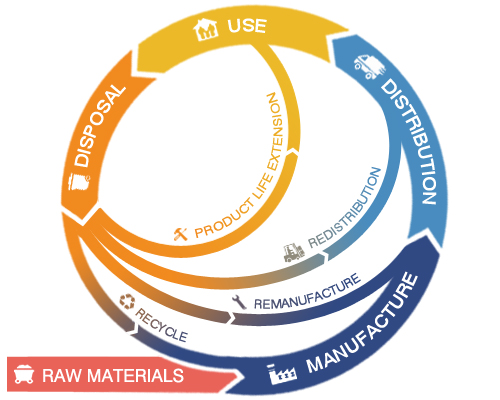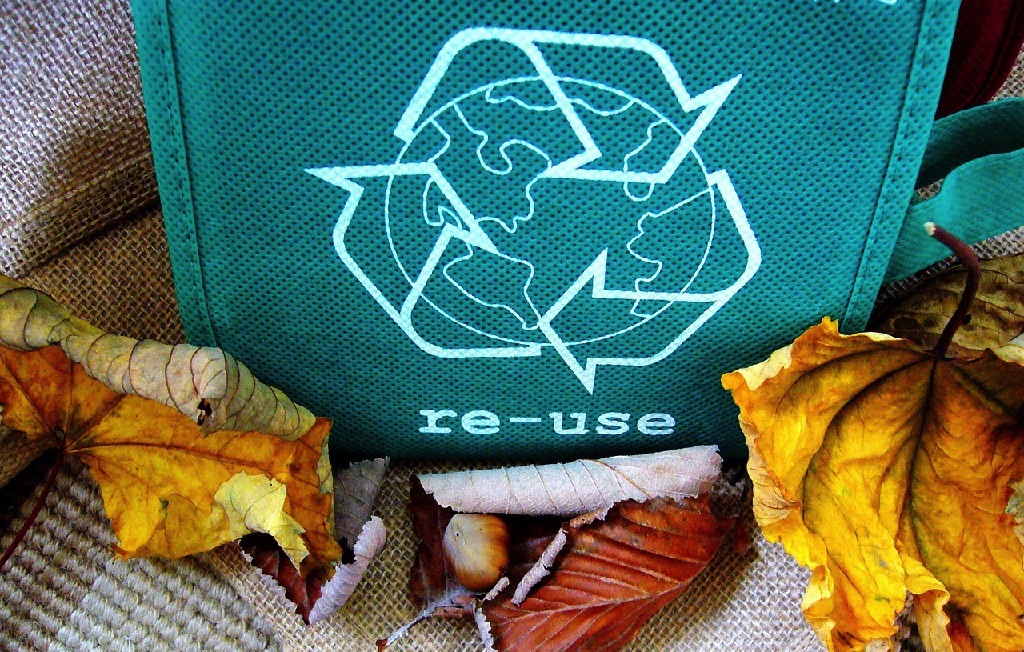Today, our economy and most of the things we consume are still based on a linear model « take-make-dispose », which produce an amazing quantity of waste, from mixed technical and biological nutrients, which just a limited quantity is recycled. For the increasing part of it being burnt to produce energy, this is still not an ideal situation as most of them are not from organic/reneawable sources. Let’s say that this is the least worst scenario...
We all heard that we are living on credit with our planet Earth. And indeed, we are even increasing our credit amount each and every year. The date of balance is called the « Earth Overshoot Day », and it is sadly coming up to be earlier year after year. Last year, in 2016, it was on August 8th... Which means that we need more than 1.5 planet Earth to sustain our current needs!
No secret to be told here, our planet has limited resources. Therefore, switching to a new model is not an option.
« we should not force nature to produce like our factories, we should force our factories to produce like nature. » Gunther Pauli
I am convinced that today, most people are aware of this necessity. People would be ready to consume differently and better if they had more choices and more easy options. Clearly, if you want to eat only local food, drive an electric car and recycle your old houshold equipments, in general, « if » it is possible, you will have to make a lot of efforts to find the right solution, something reasonable in terms of practical aspects and also costs.
But based on that fresh consumer awareness, number of companies are thinking and inventing, to provide us (the consumers) with new solutions, switching from the old linear model to a circular one.
The idea and concept of this circular model is to leave behind only a minimum amount of waste, by re-introducing the product in the loop at every step of the economic process. This can go from recycling a product’s component into brand new raw material, but also remanufacture it, redistribute it or extend its lifetime by repairing it. Obviously, the solutions of maintainance and trading on the second hand market are also seeing a fast development.

A great panel of new solution that are blooming here and there and that will hopefully soon make this old and voracious linear model outdated.
You will certainly go spining around, but it will feel gooooood!

